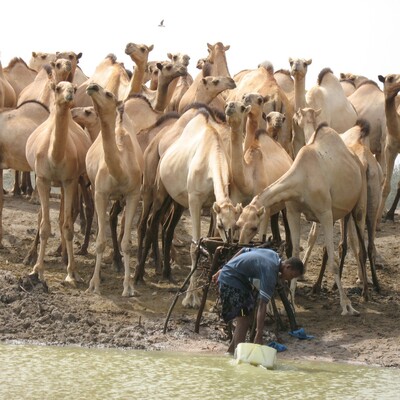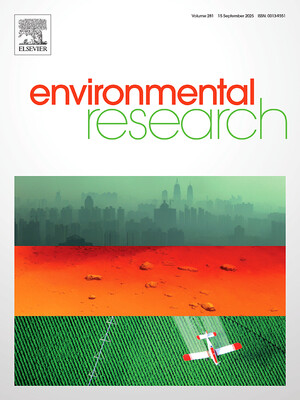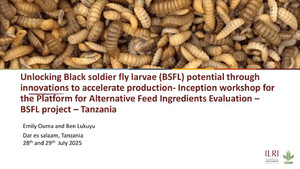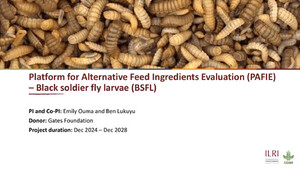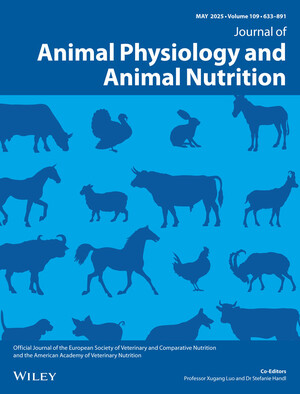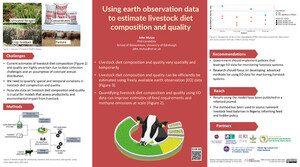
Effects of immunisation against Theileria parva on beef cattle productivity and economics of control options
Abstract
Over 500 cattle of all age groups on 2 farms in Zimbabwe were immunised against theileriosis using the "infection and treatment" method and disease prevalence and their productivity assessed during a period of 18 months. The immunising stock, Theileria parva (Boleni) was isolated in Zimbabwe. None of the immunised cattle suffered from theileriosis upon natural exposure whereas 22 unimmunised cattle died of theileriosis and a further 48 required treatment for theileriosis. In the first year, some immunised cattle were maintained with minimal threshold dipping (once or twice during the rainy season). During periods of very high tick challenge of 100 to 1,000 Rhipicephalus appendiculatus per animal from January to March, a transient decrease in liveweight gain was observed particularly in cows. However, by the end of the period of observation, the weights had recovered so that intensively dipped and immunised and threshold or strategically dipped groups of cattle showed no significant differences. From the results it w as estimated that each engorging female R. appendiculatus caused a temporary depression in weight gain of 8 grams. In young stock the weight loss was excerbated by the presence of screw worm (Chrysomya bezziana) infestation. It was then possible to define an economically attrative integrated tick and theileriosis control strategy based on these findings, whereby immunised cattle were dipped 6 times between mid-December and mid-March. In this regimen, no weight loss occurred and no cases of screw worm were observed. For each of 3 herd sizes of 250.000 and 1,000 cattle, comparisons were made of the costs of 4 different control options: 1. Intensive dipping (40 times/year). 2. Intensive pour-on acaricide treatments (18 times/year). 3. Theileria immunisation with strategic dipping (6 times/year). 4. Theileria immunisation with pour-on treatment (4 times/year). It is concluded from these studies that, on farms where theileriosis is a serious problem, immunisation coupled with a strategic dipping programme is economically very attractive. In the year in which immunisation is carried out, costs will be higher than for intensive dipping, but from the second year on, the costs are decreased to approximately 50 percent of those for intensive dipping.
Citation
Tropical Animal Health and Production;28(1): 99-111


